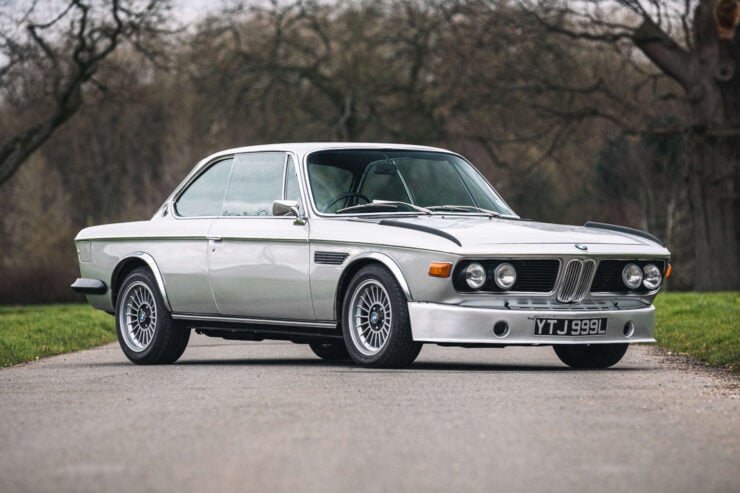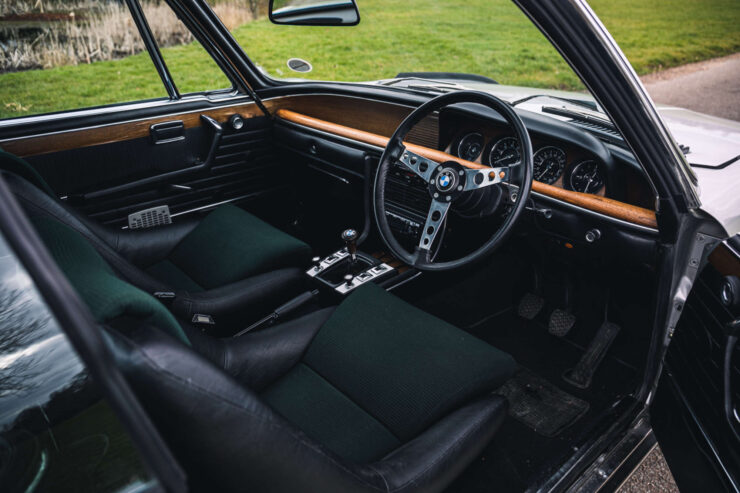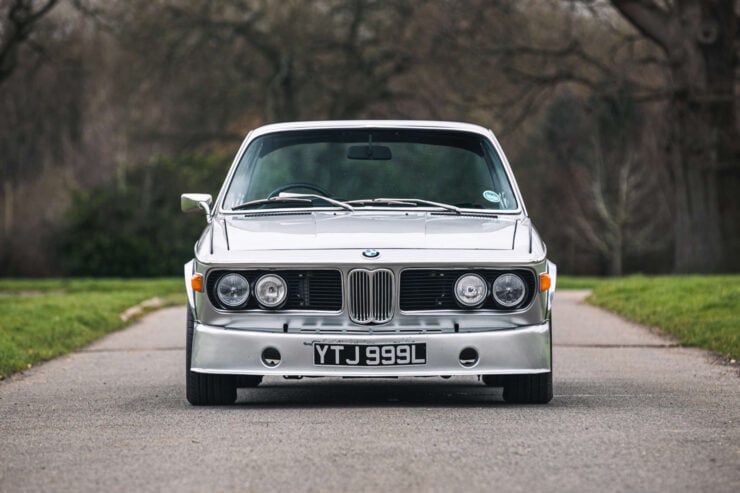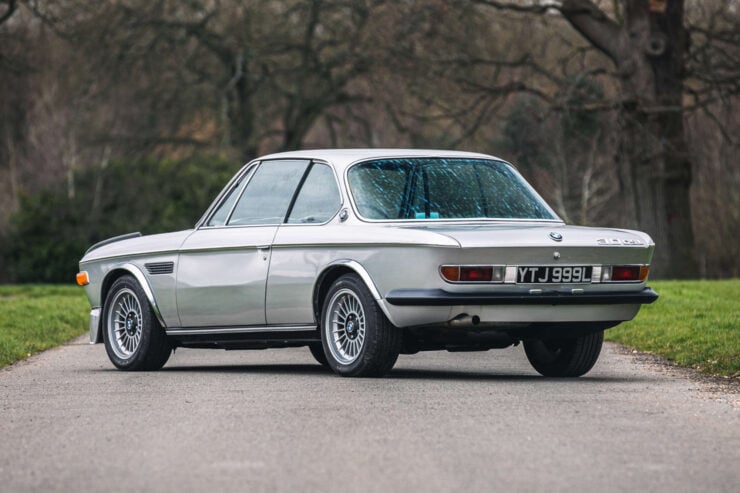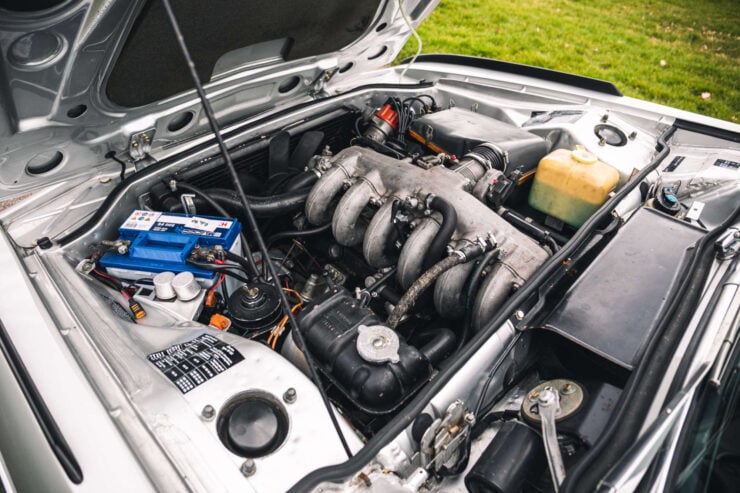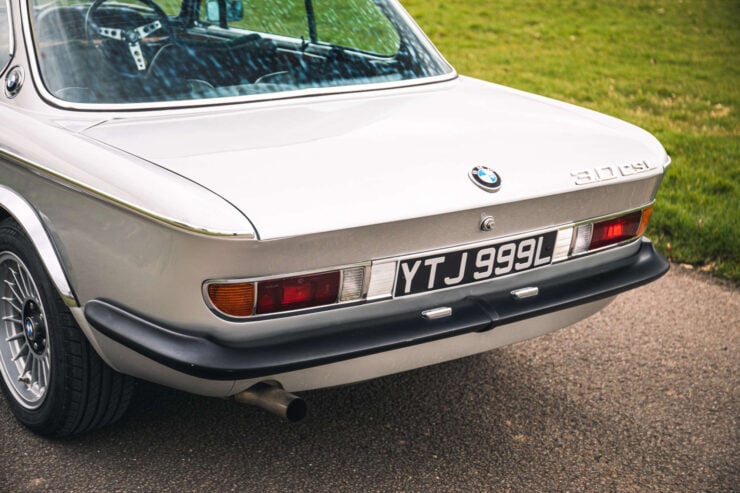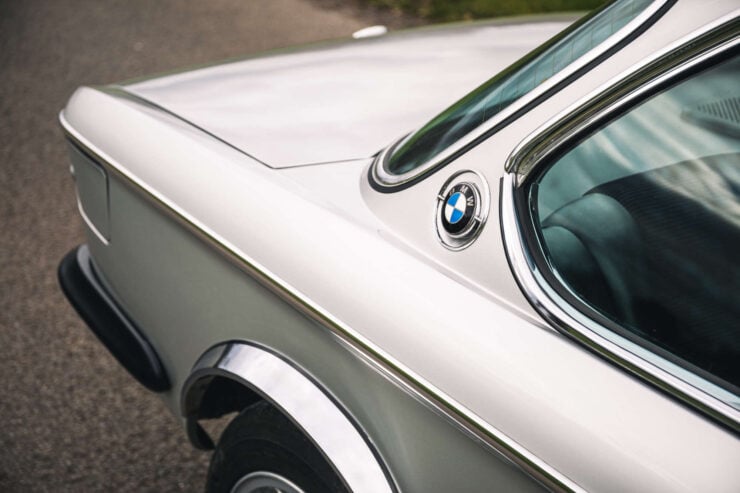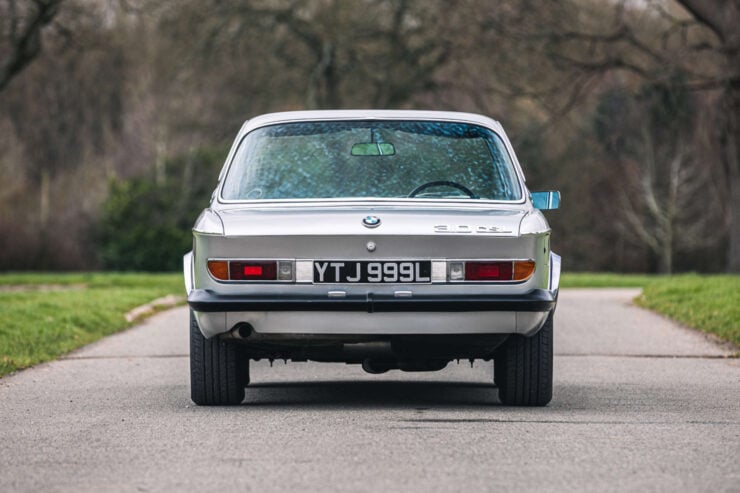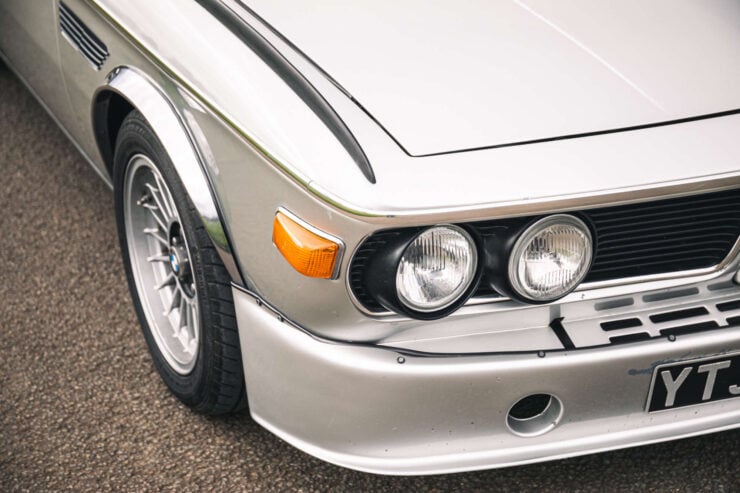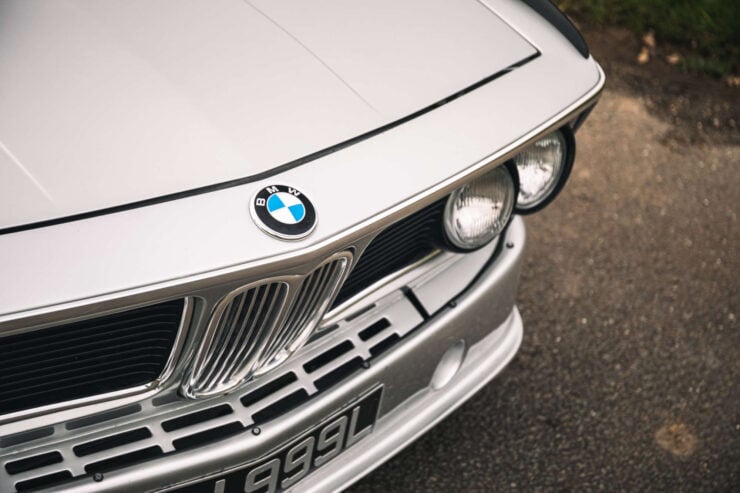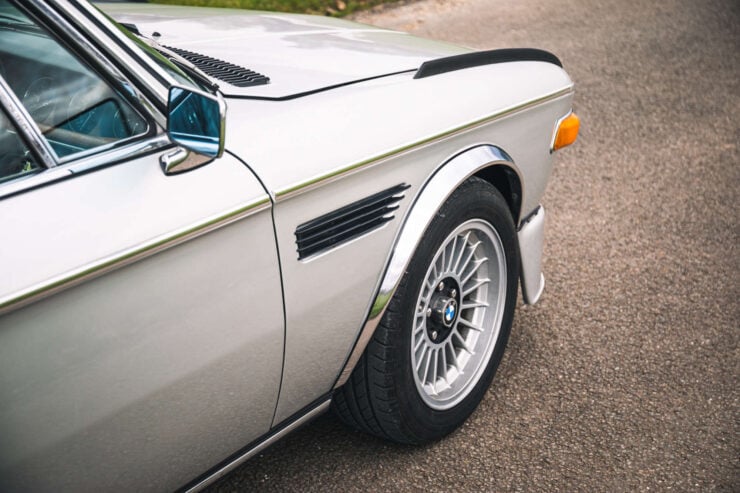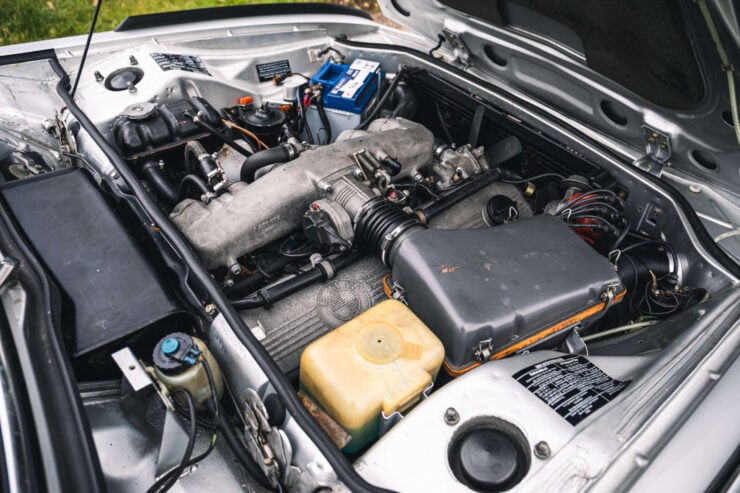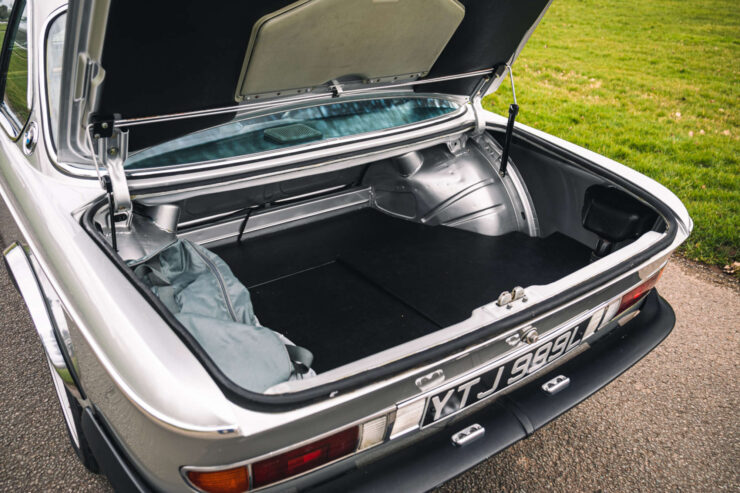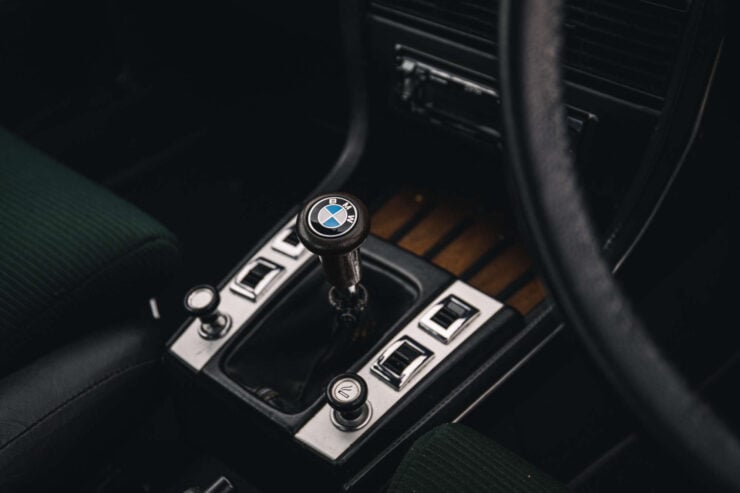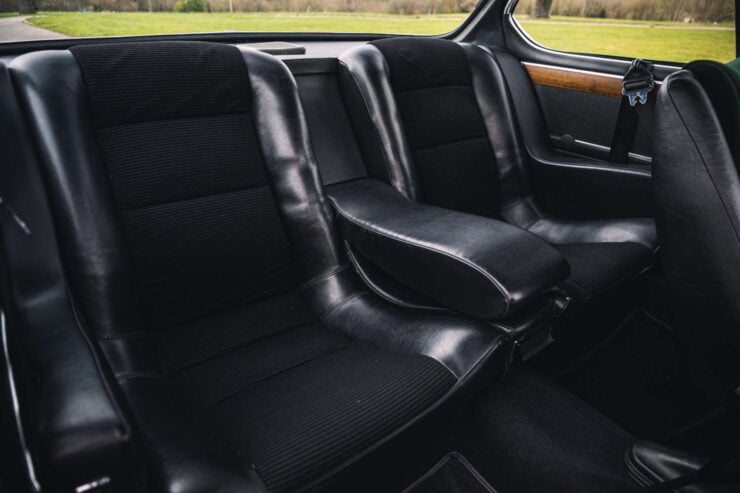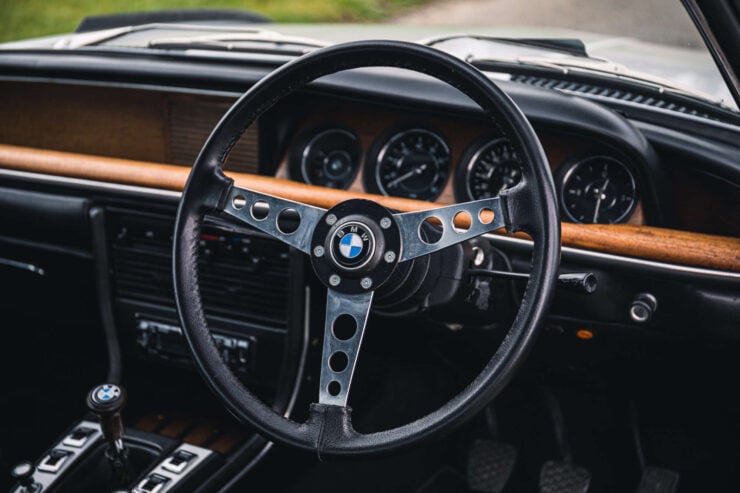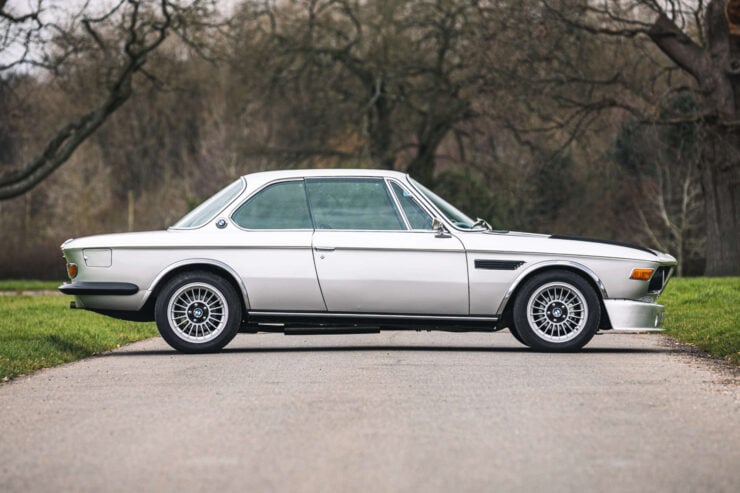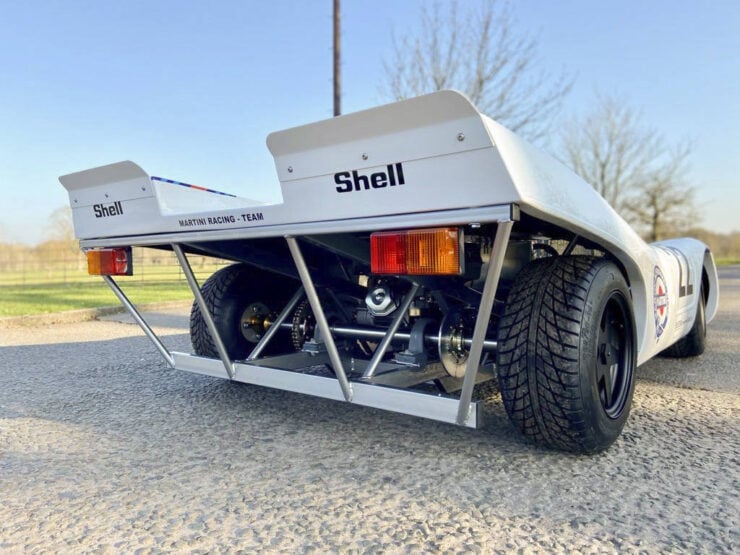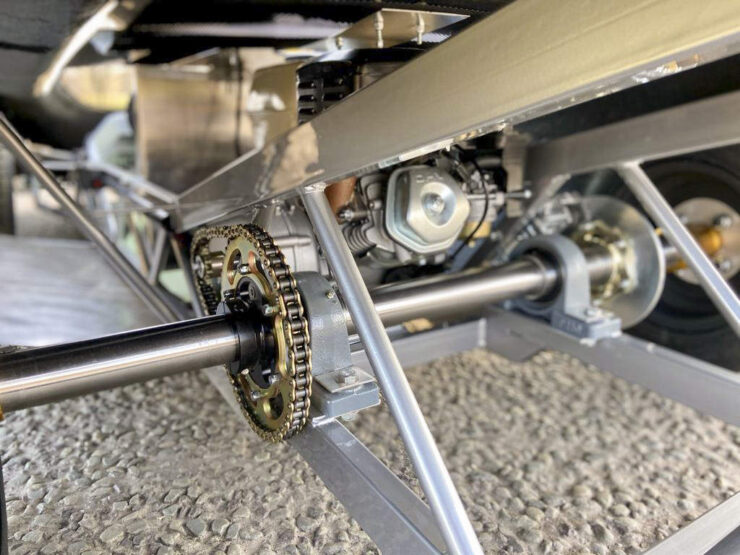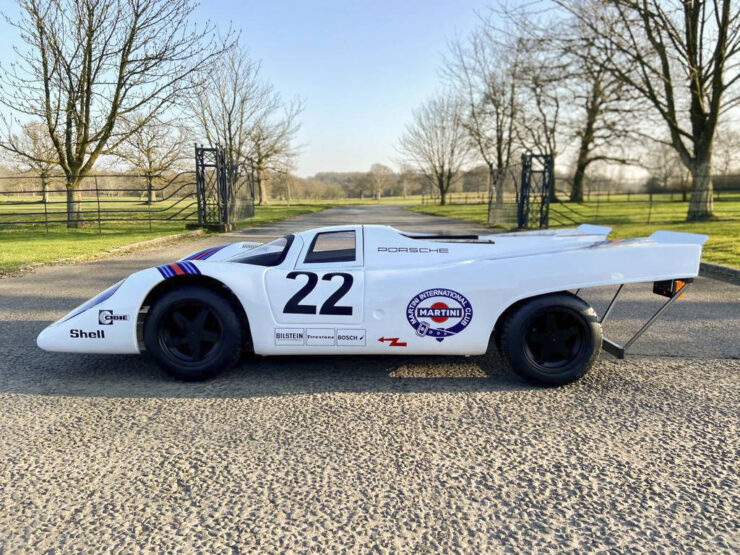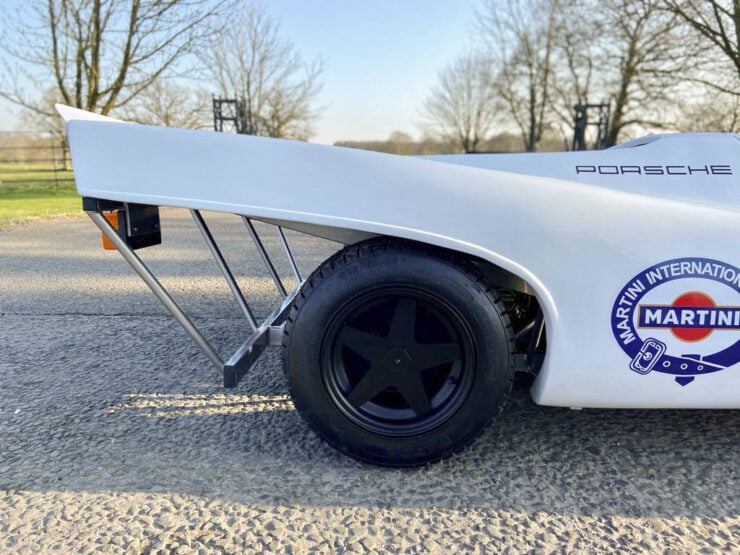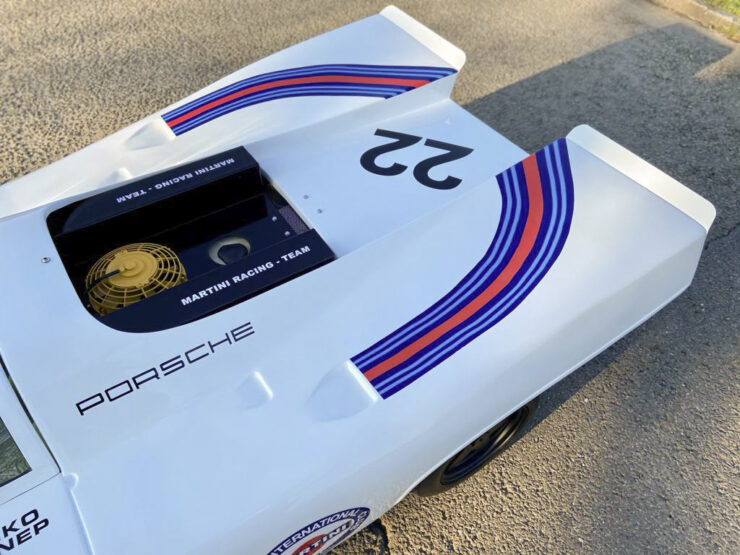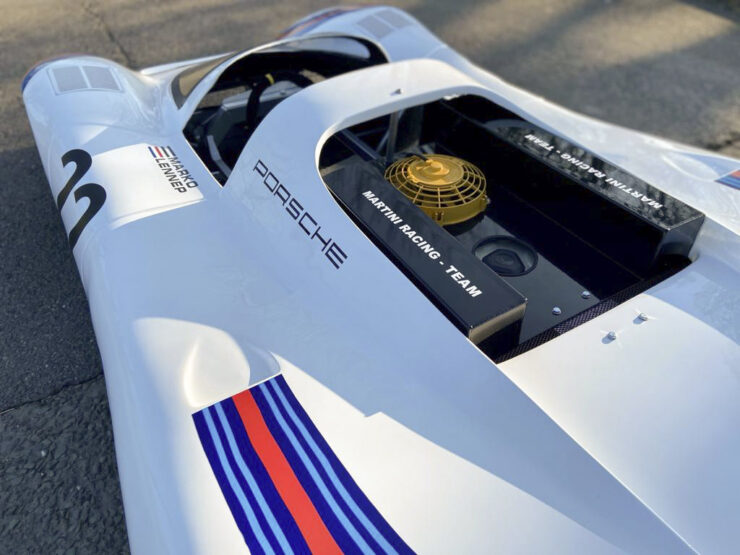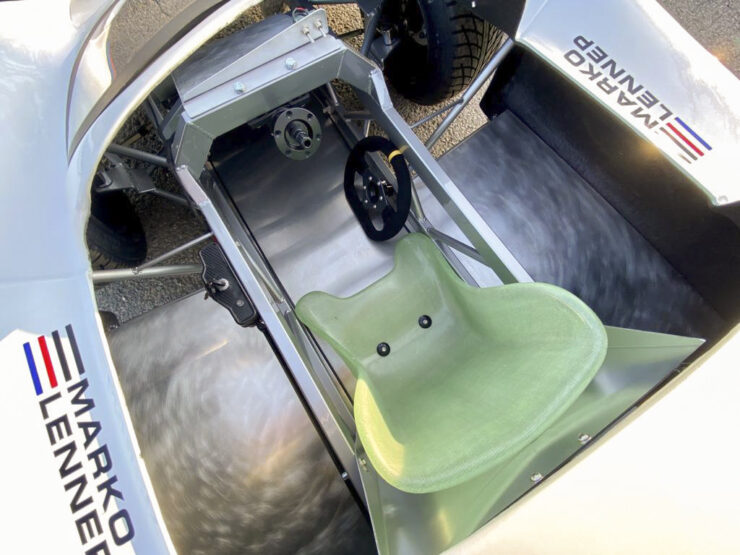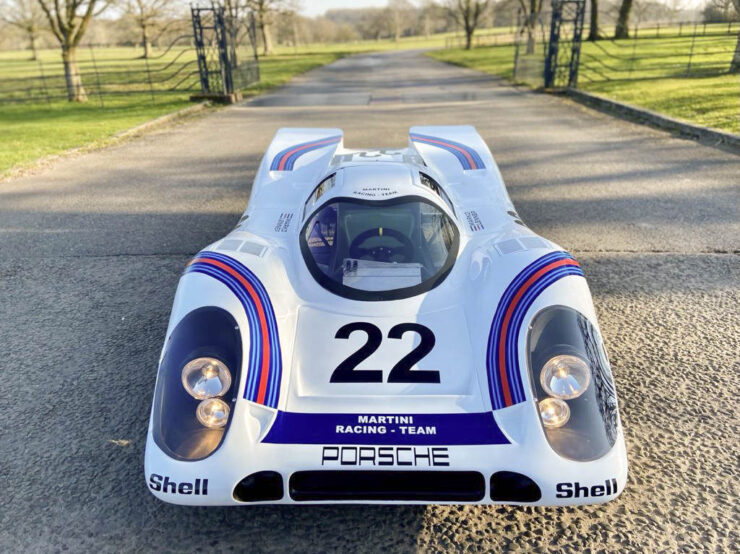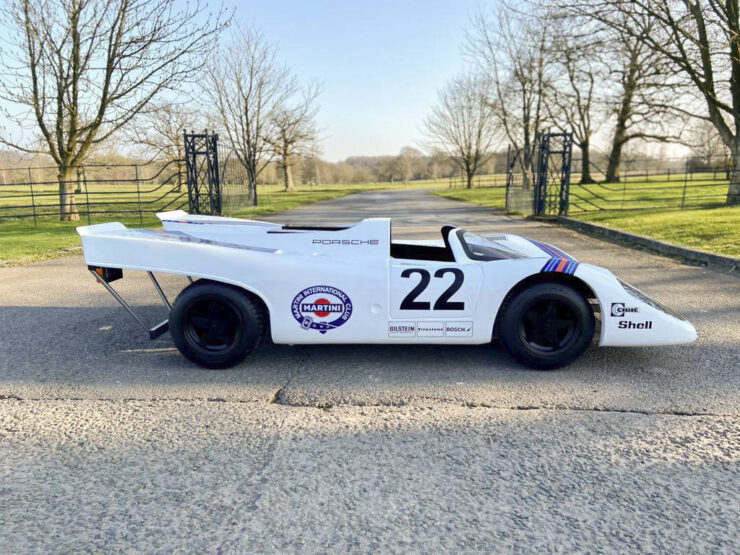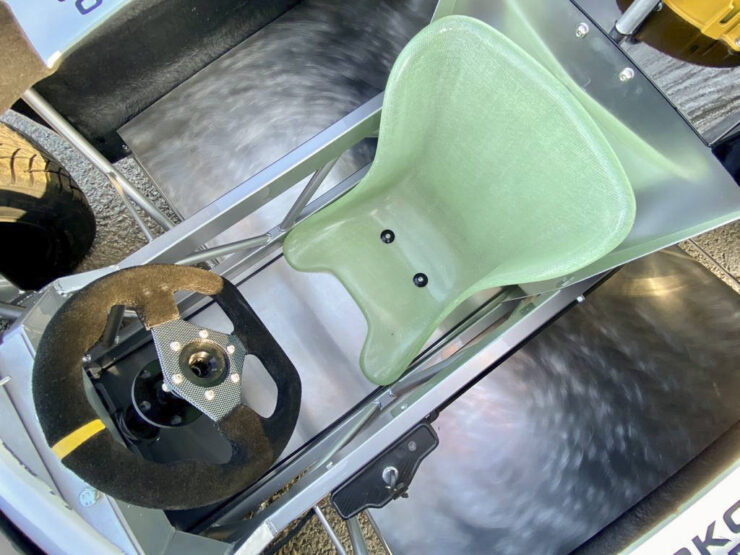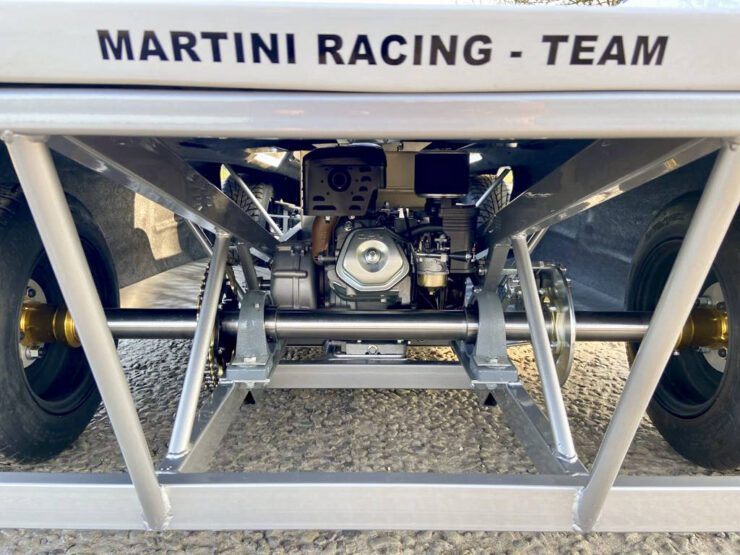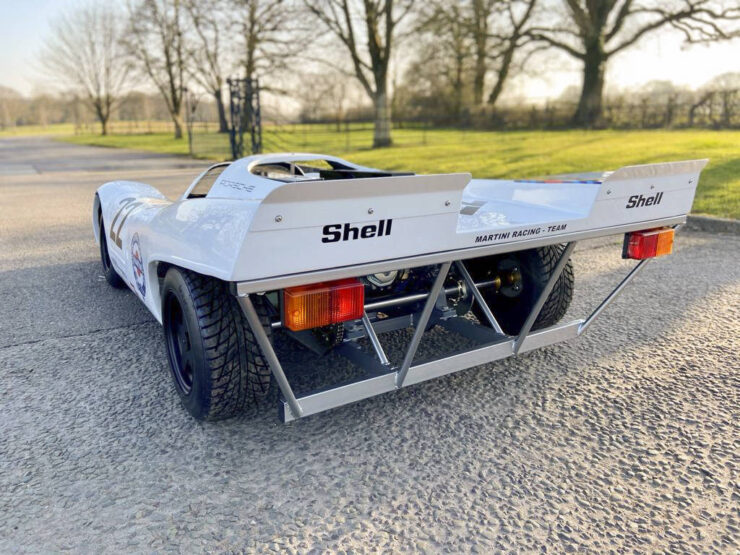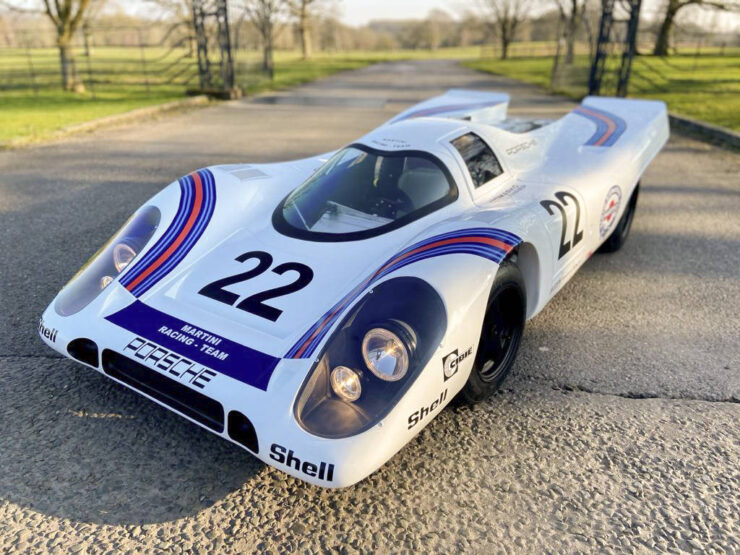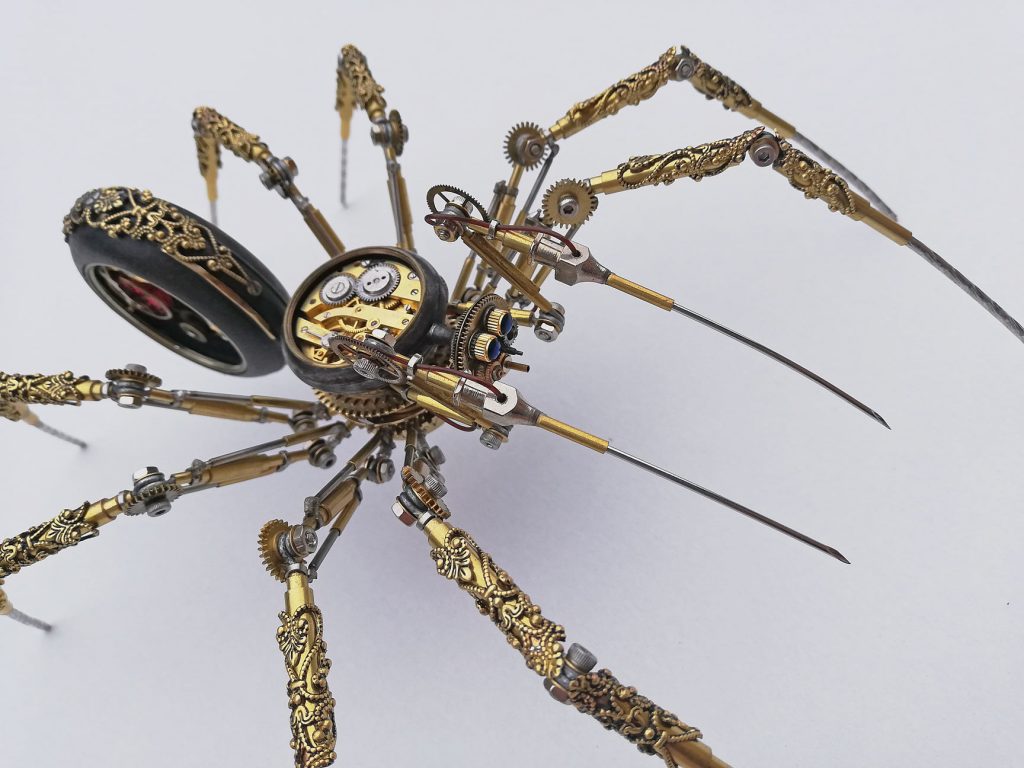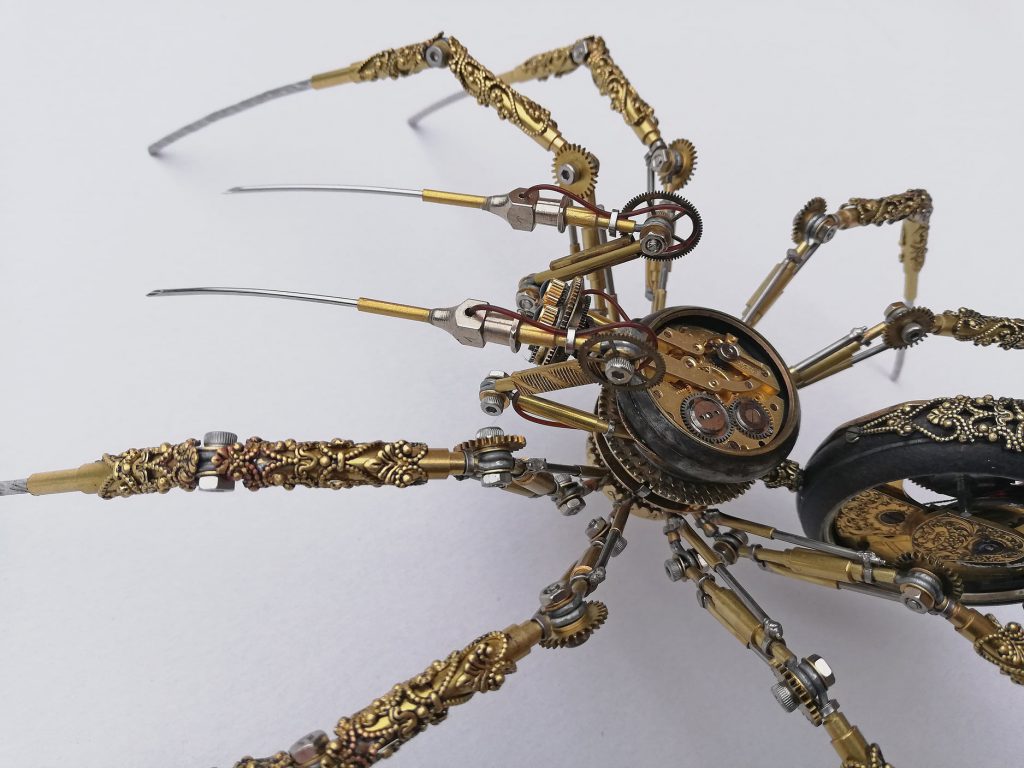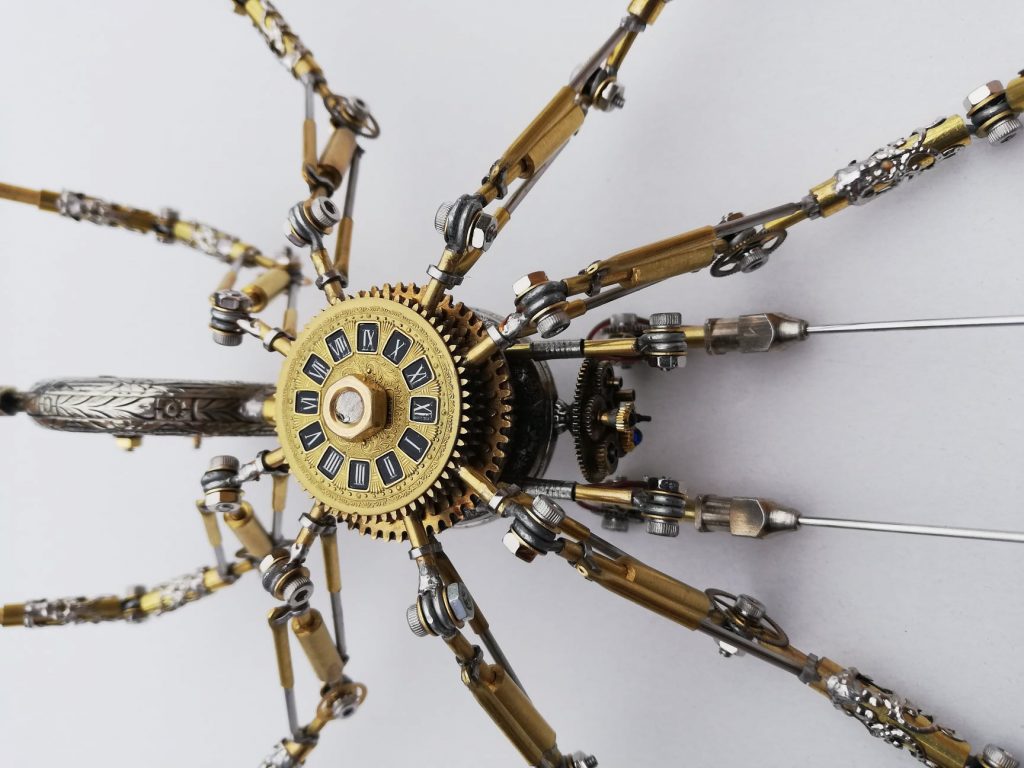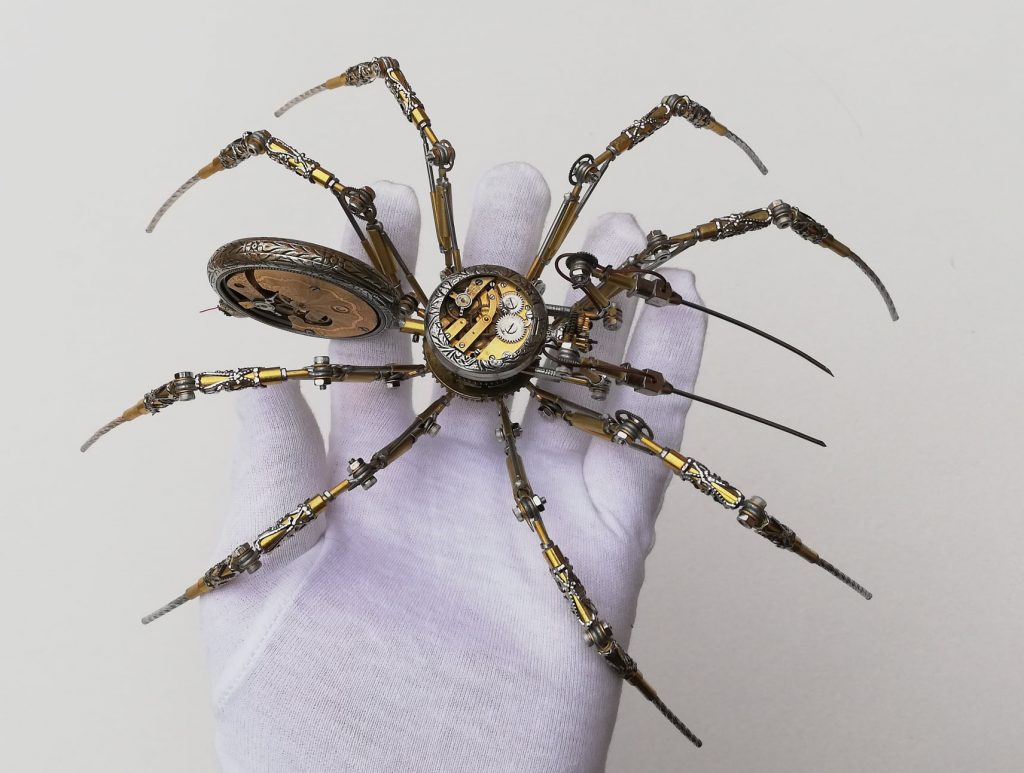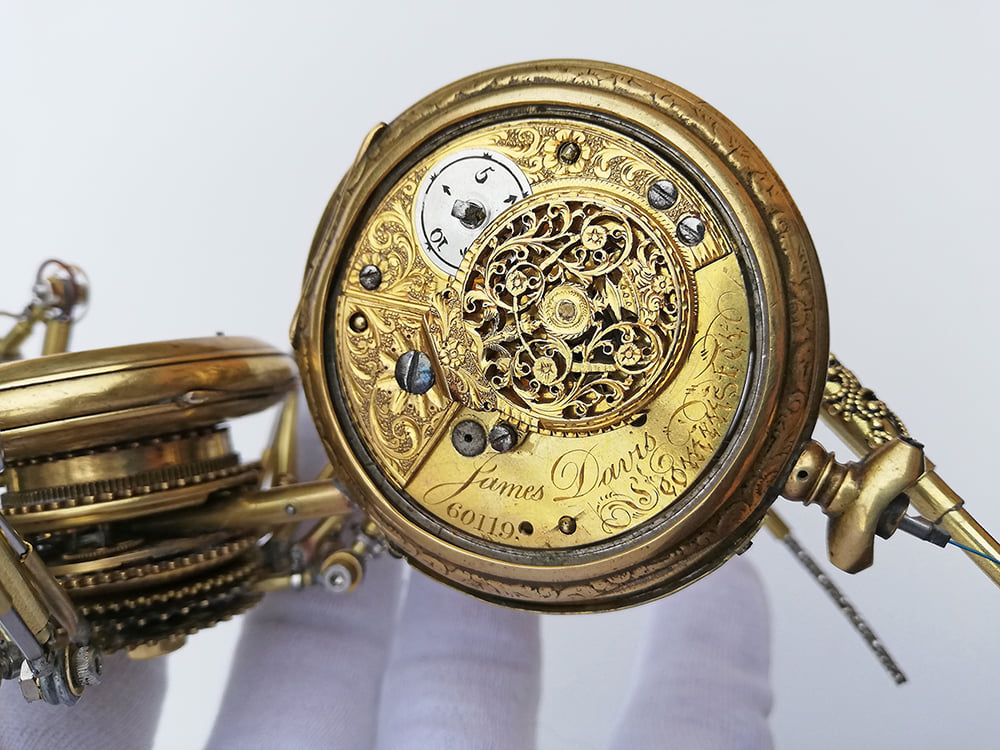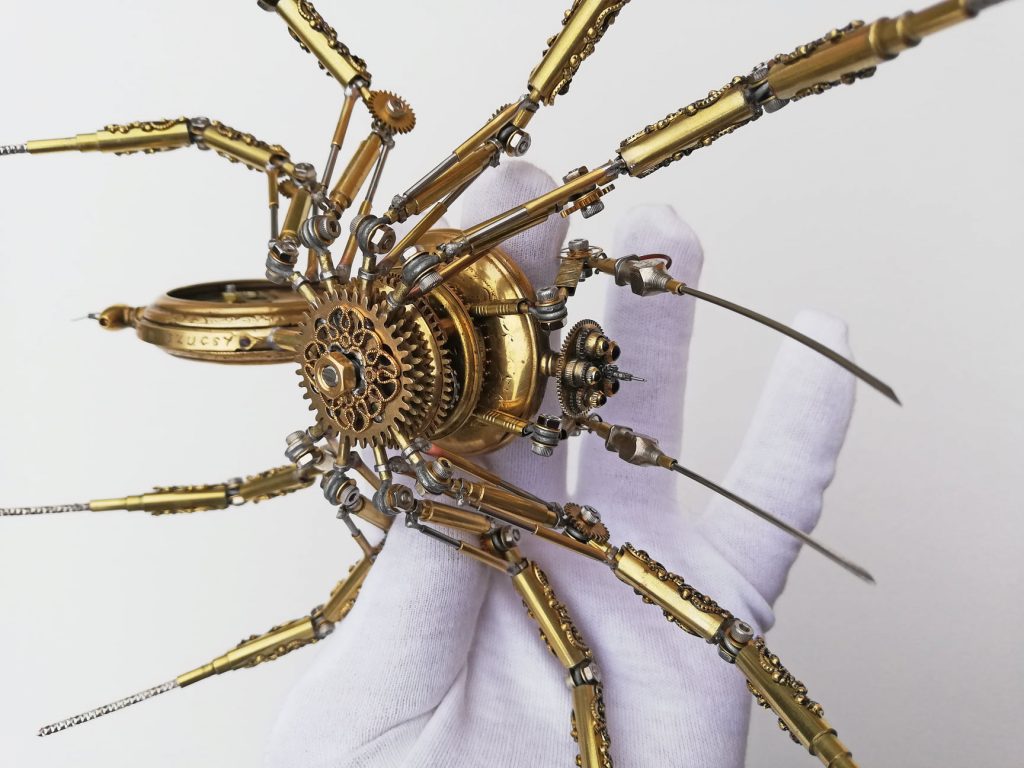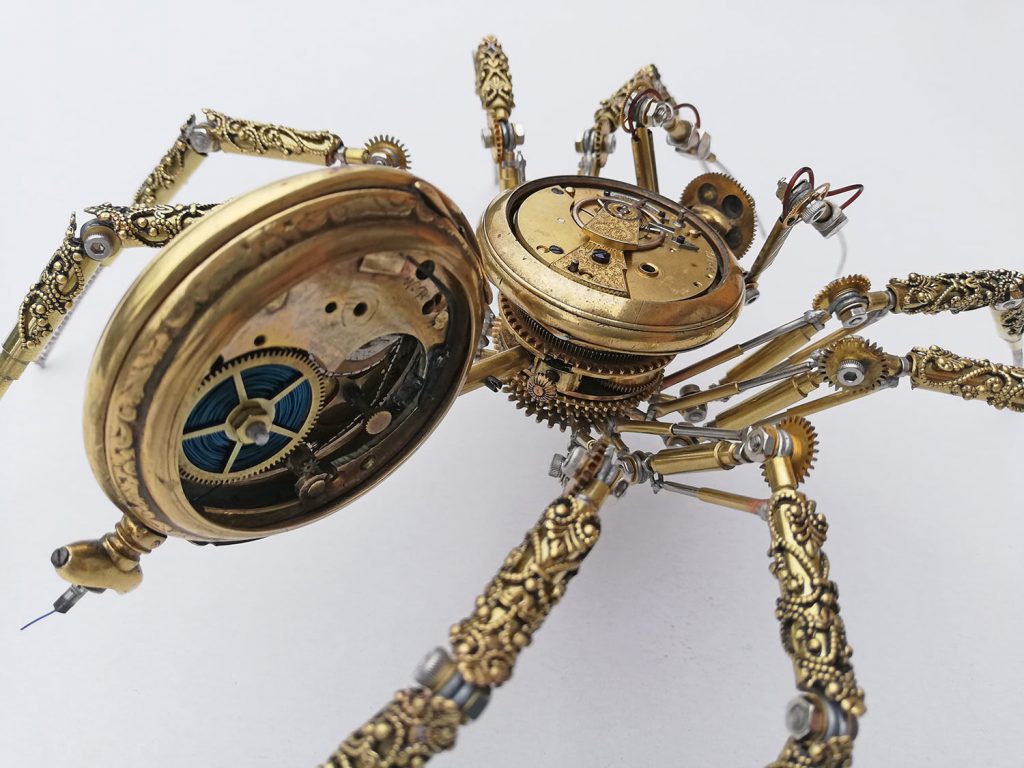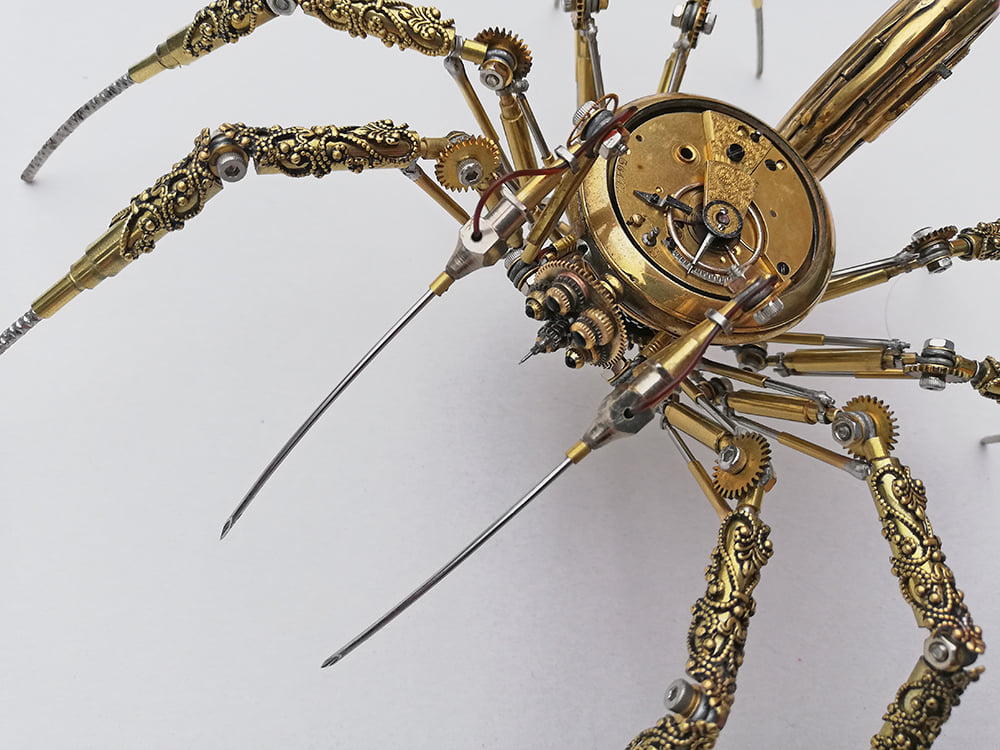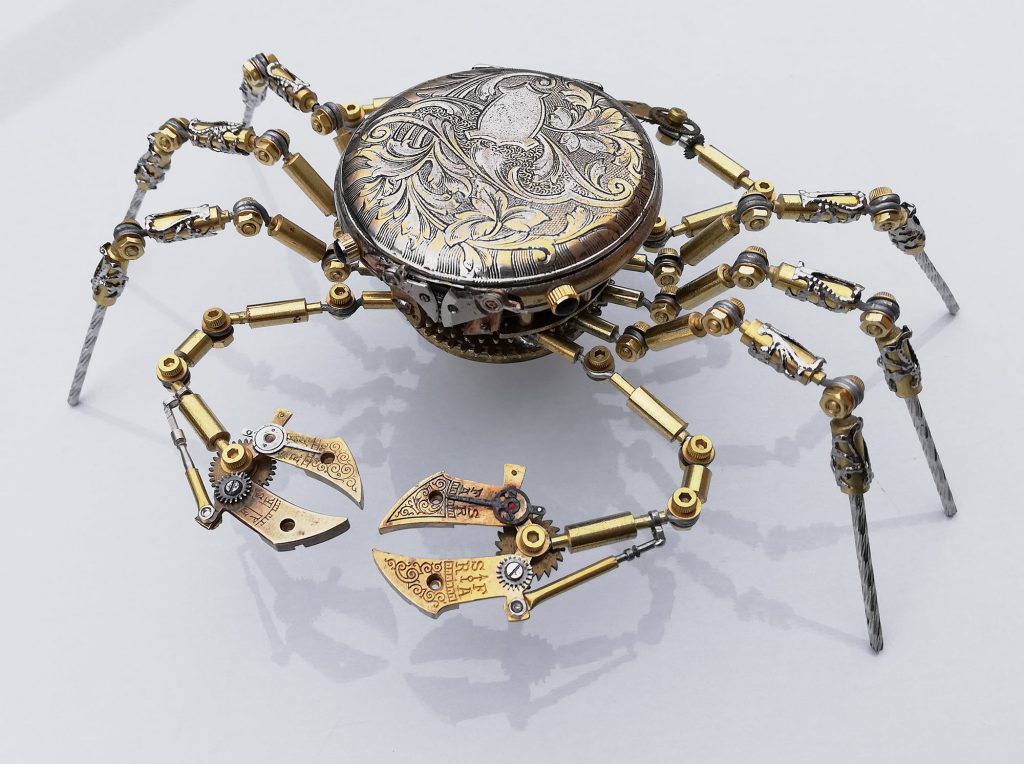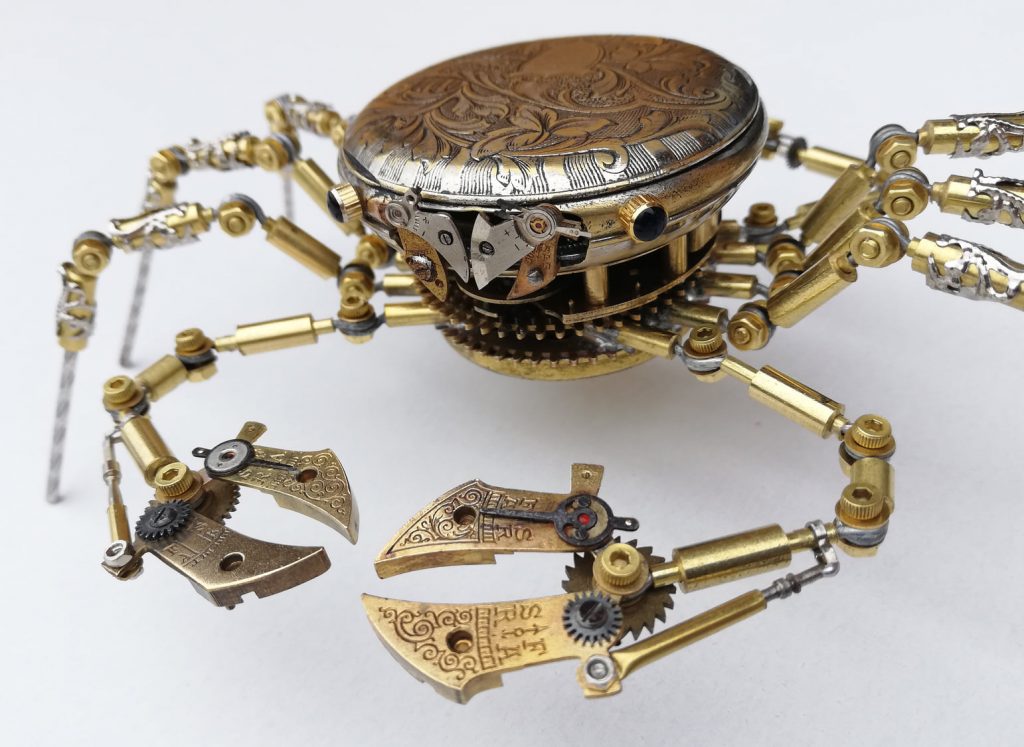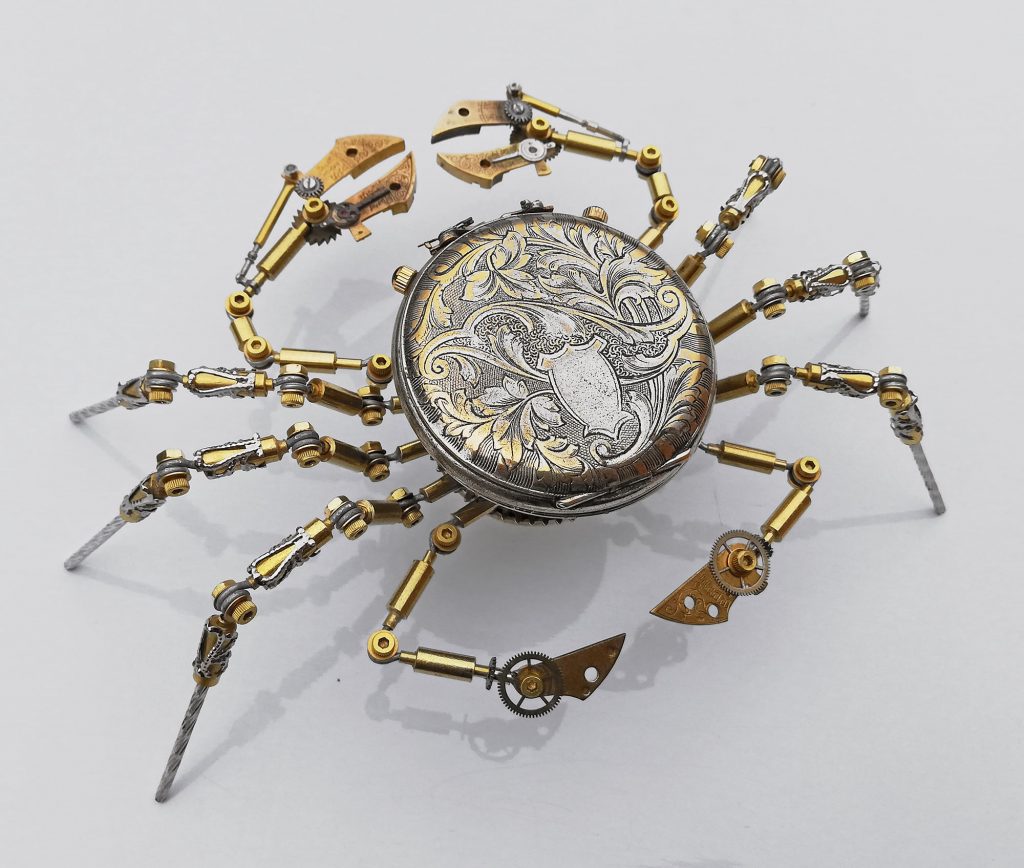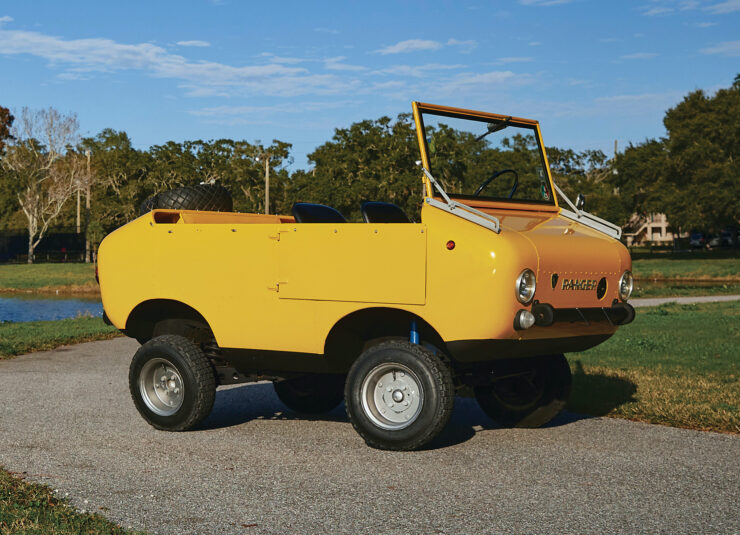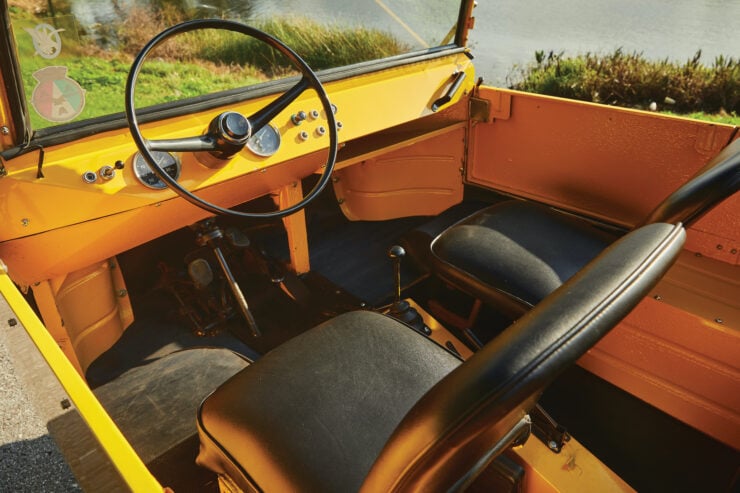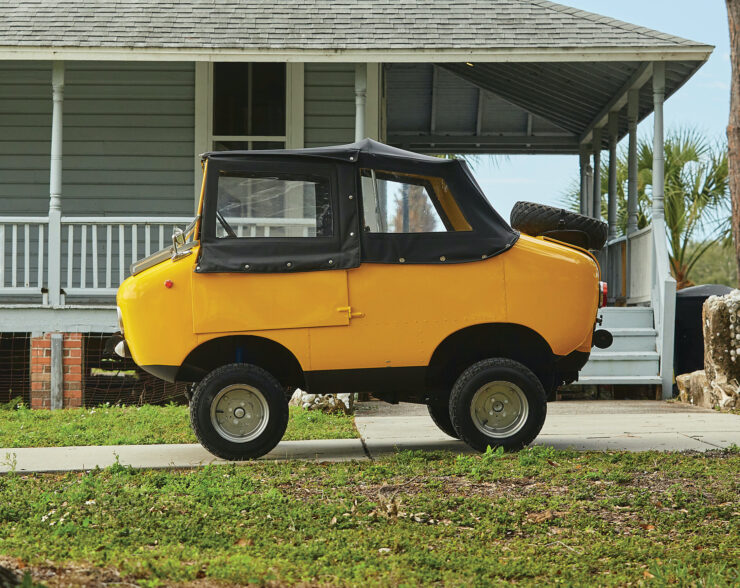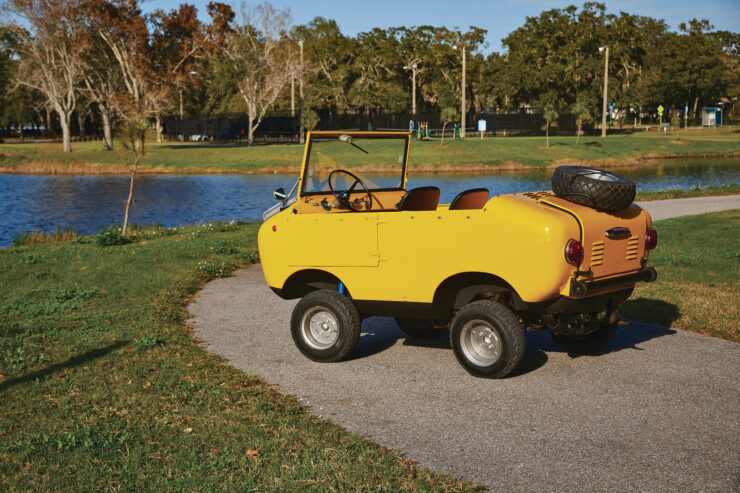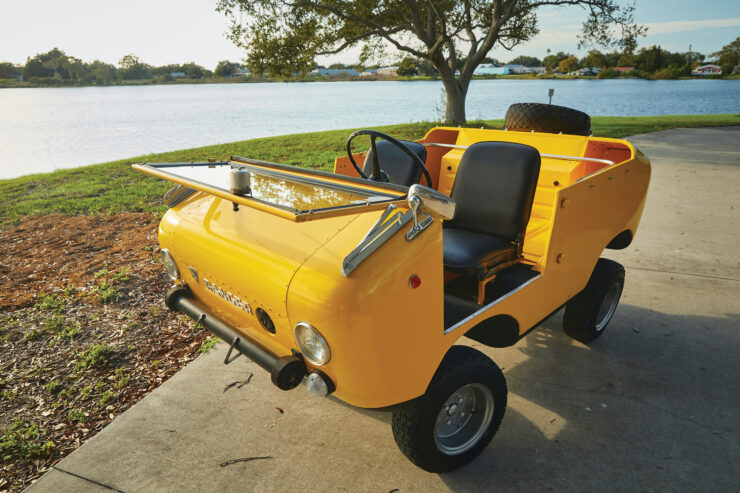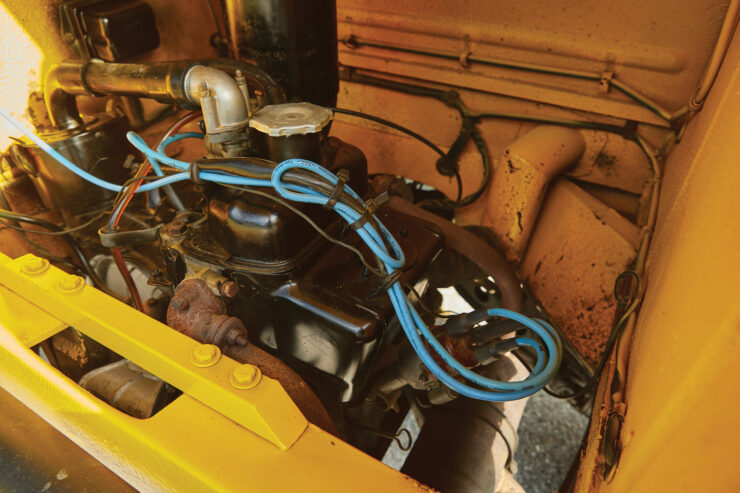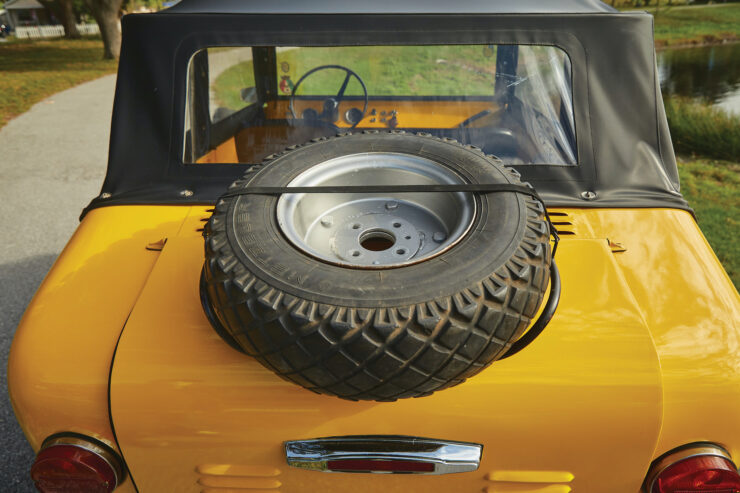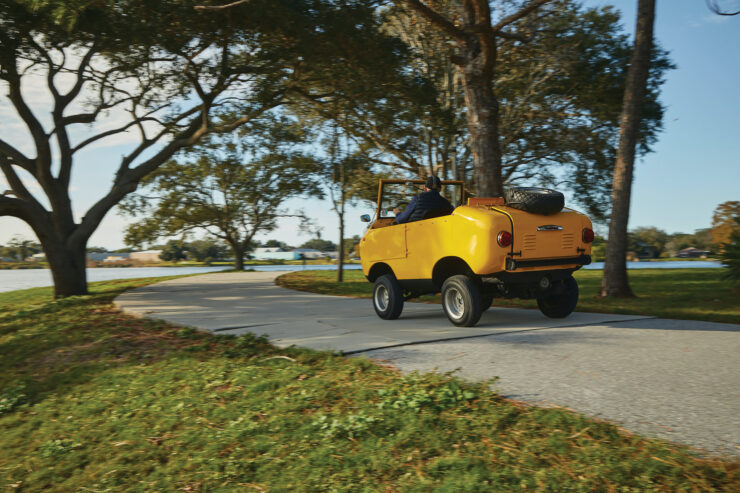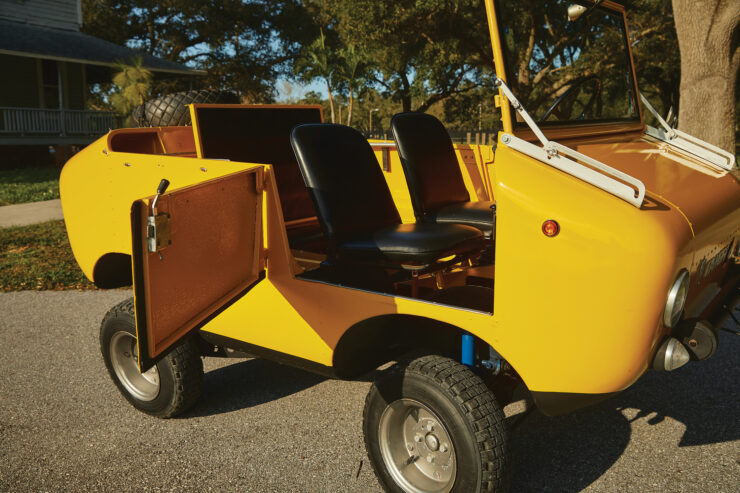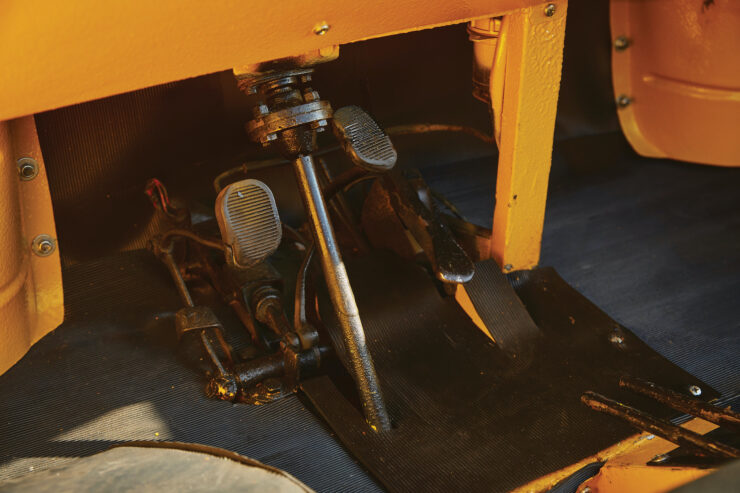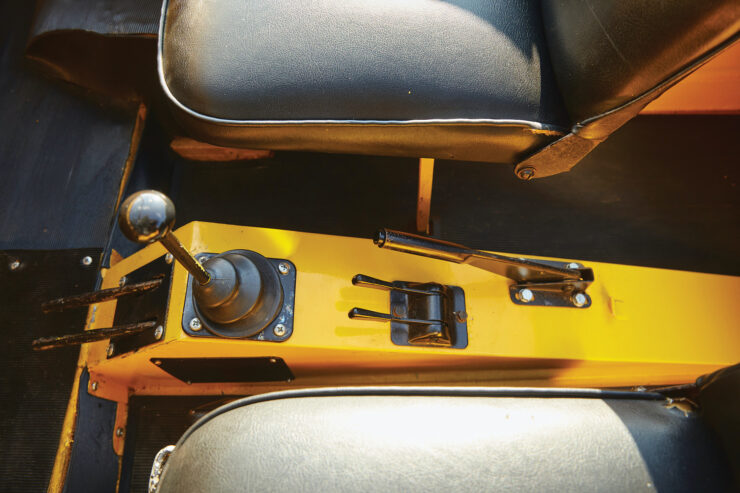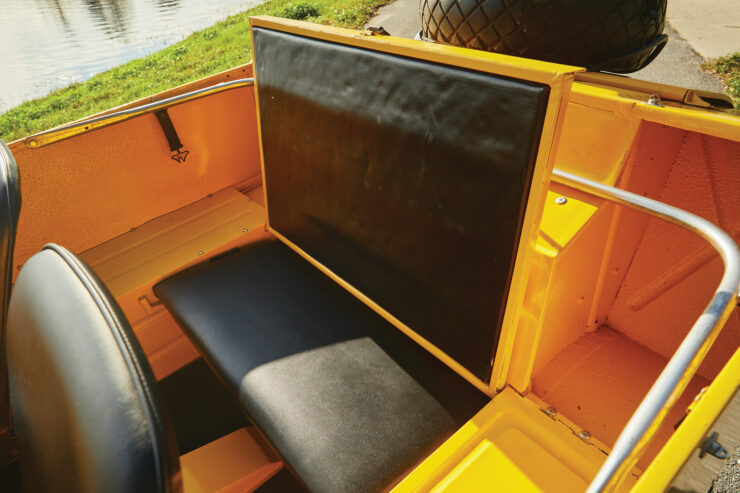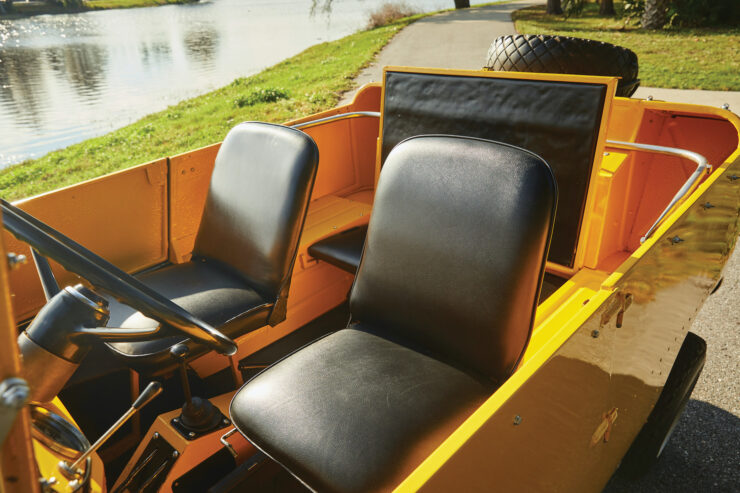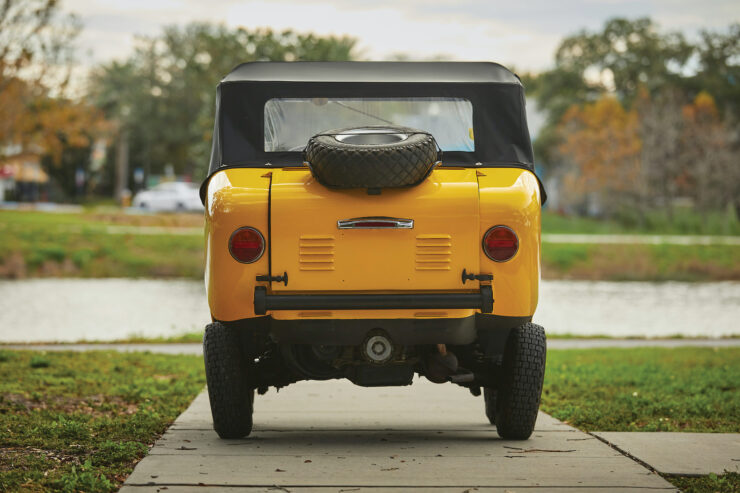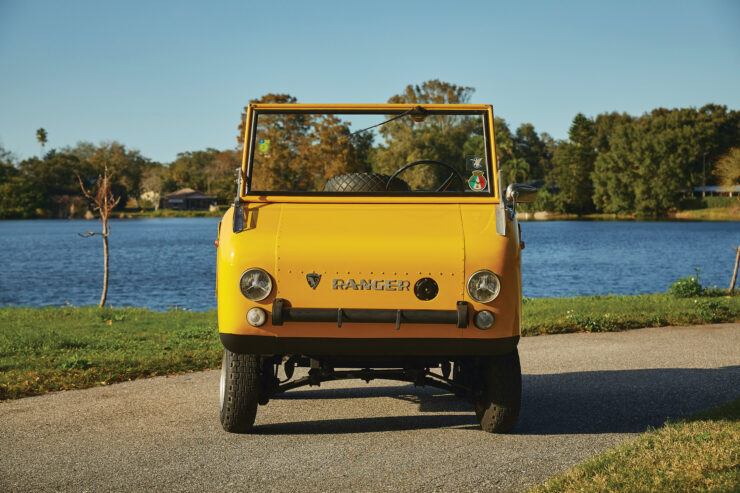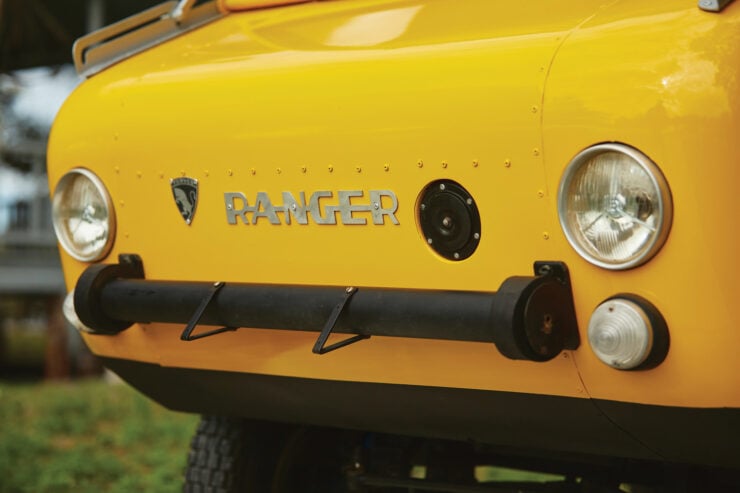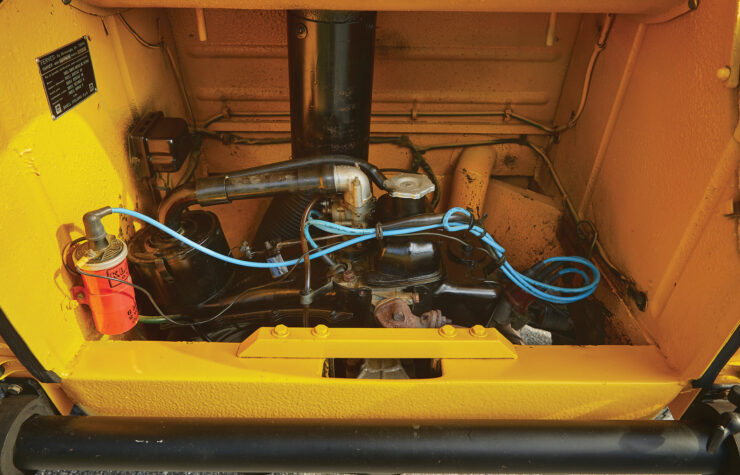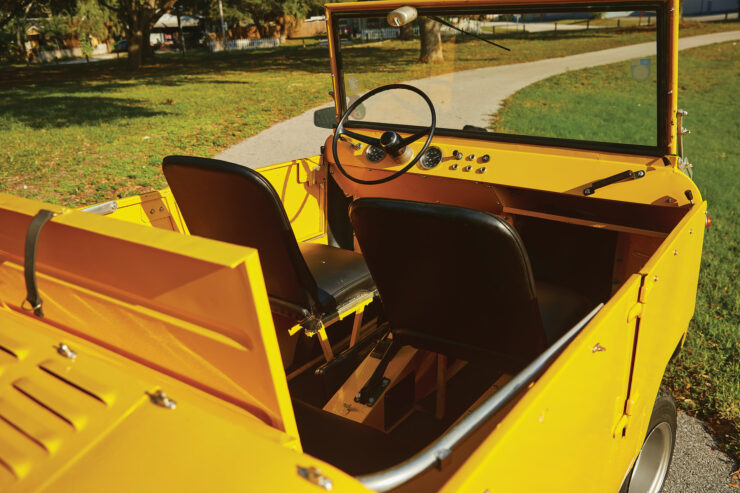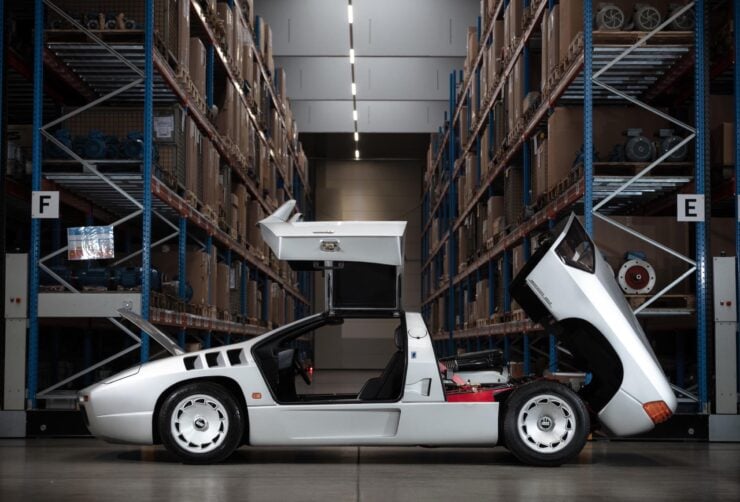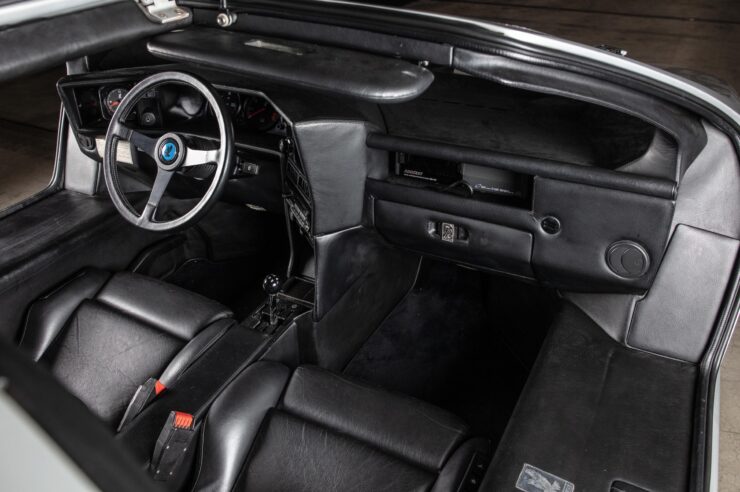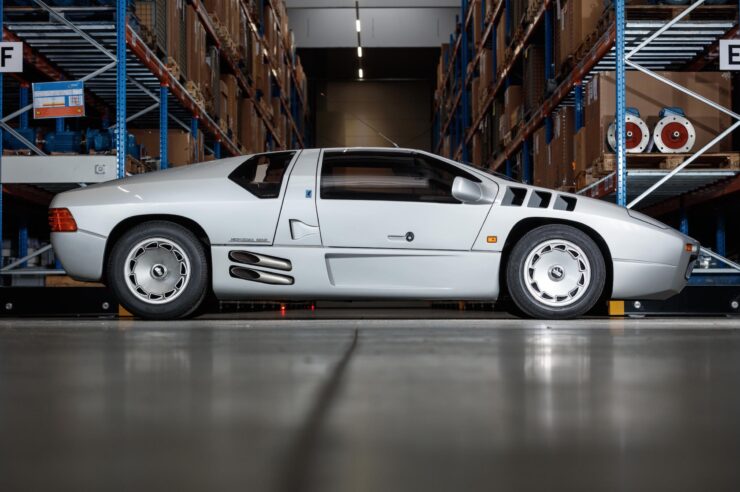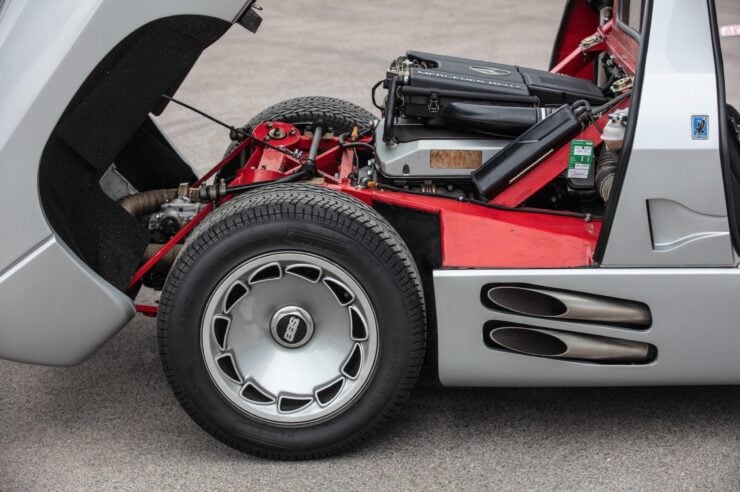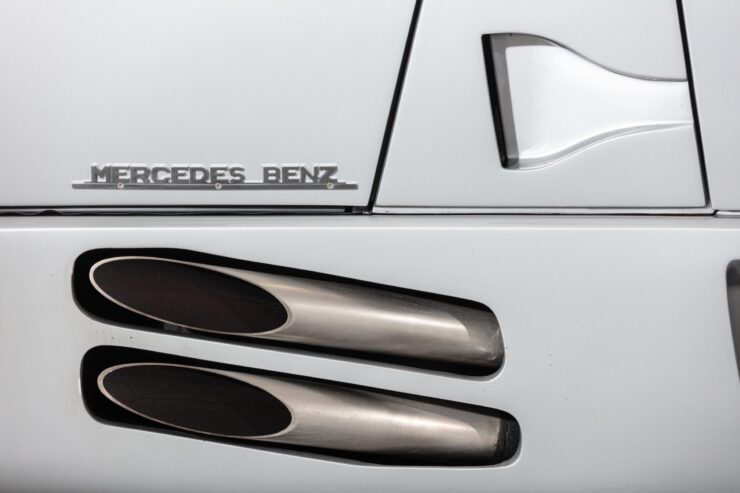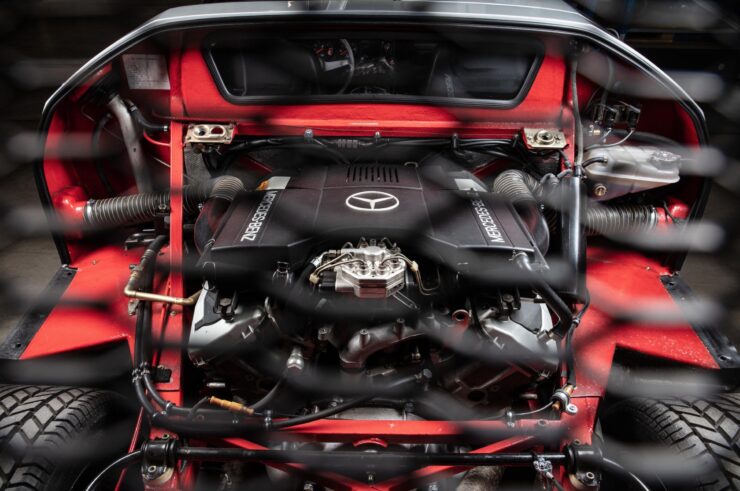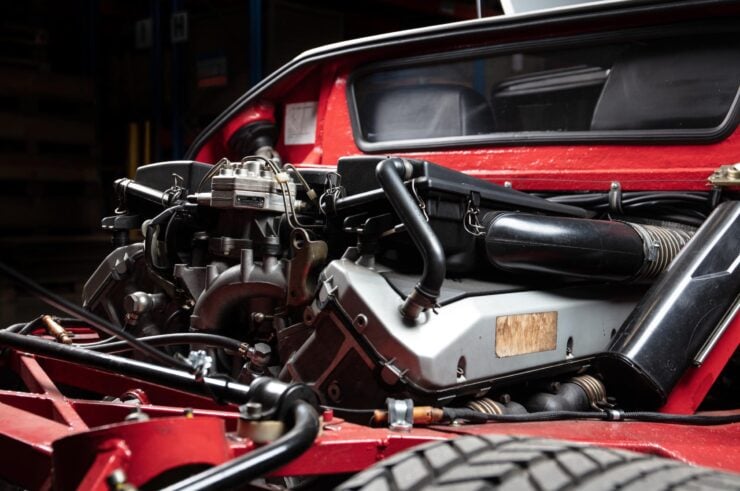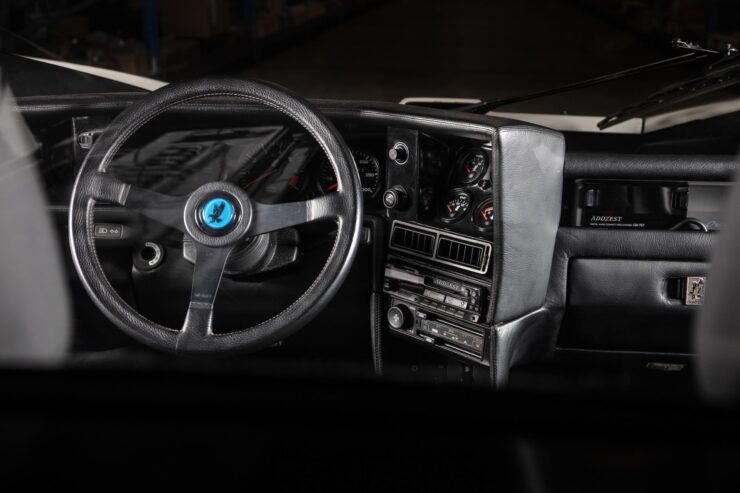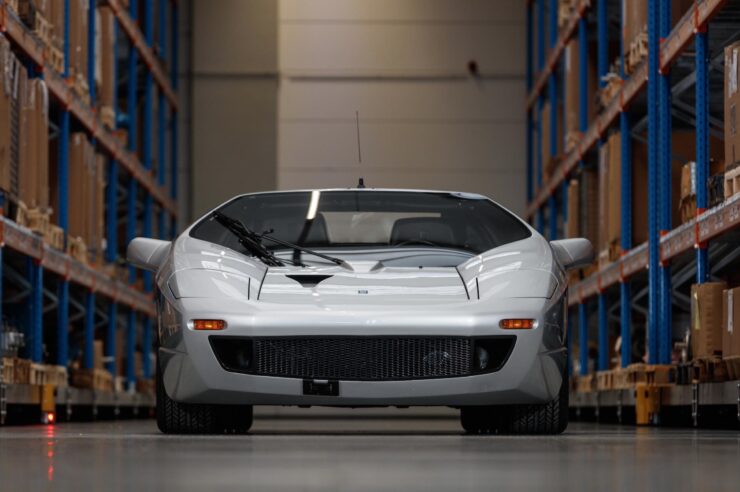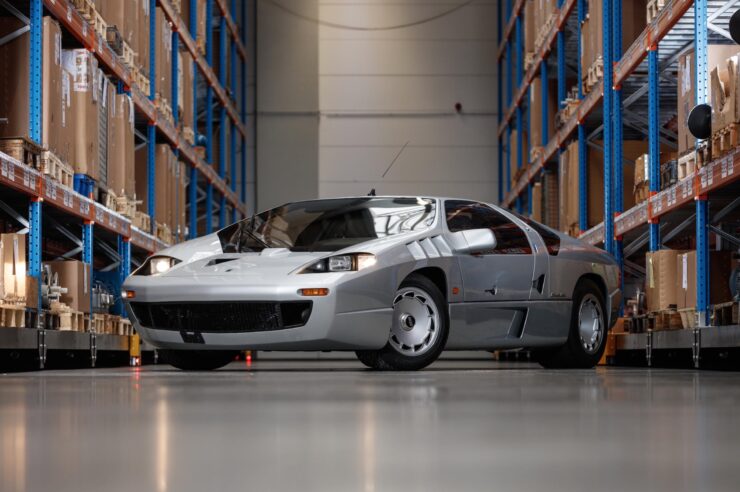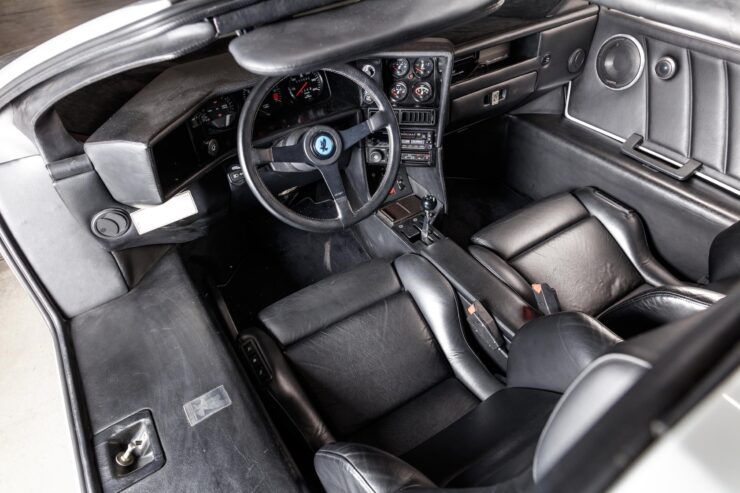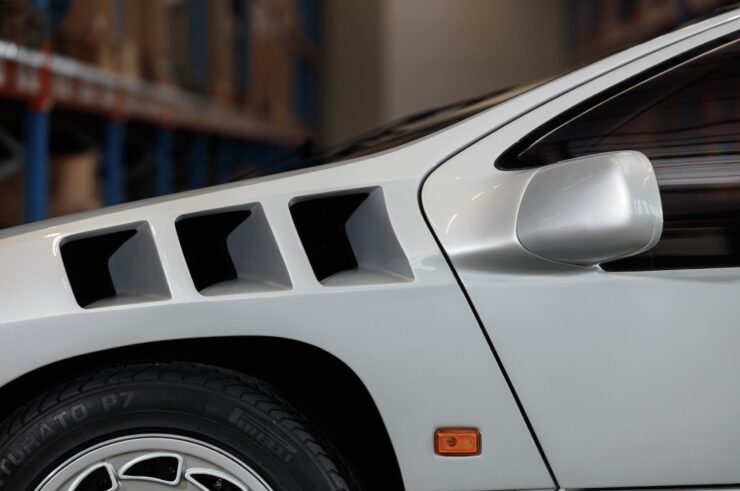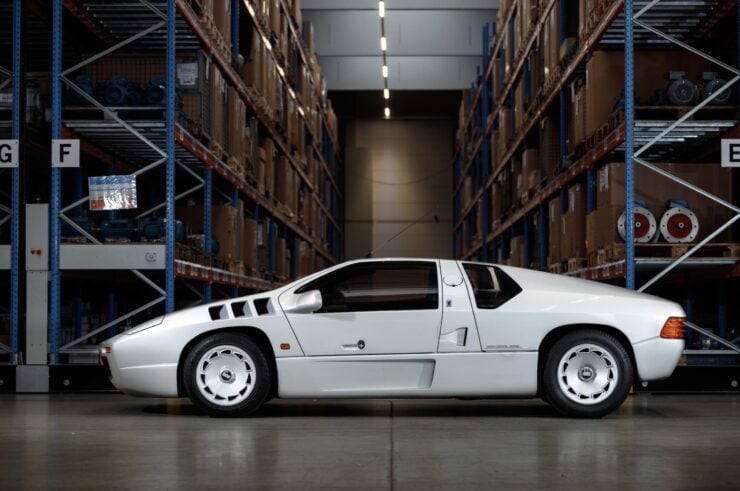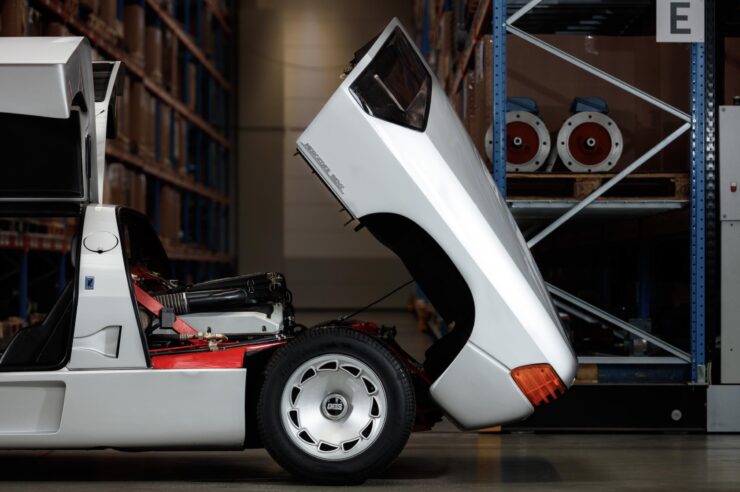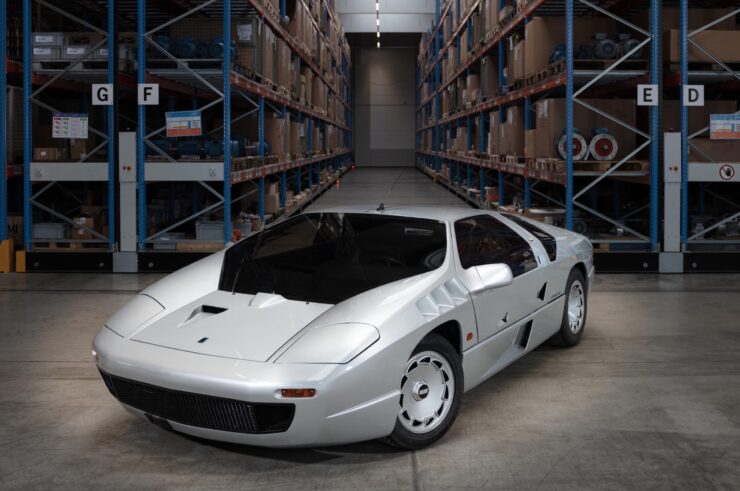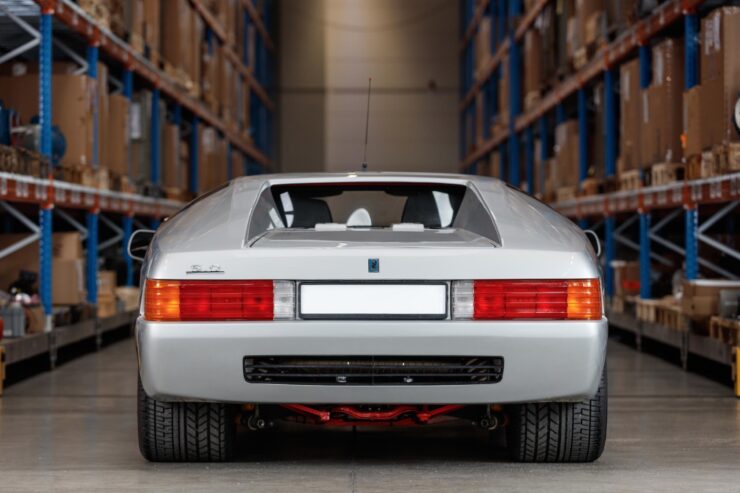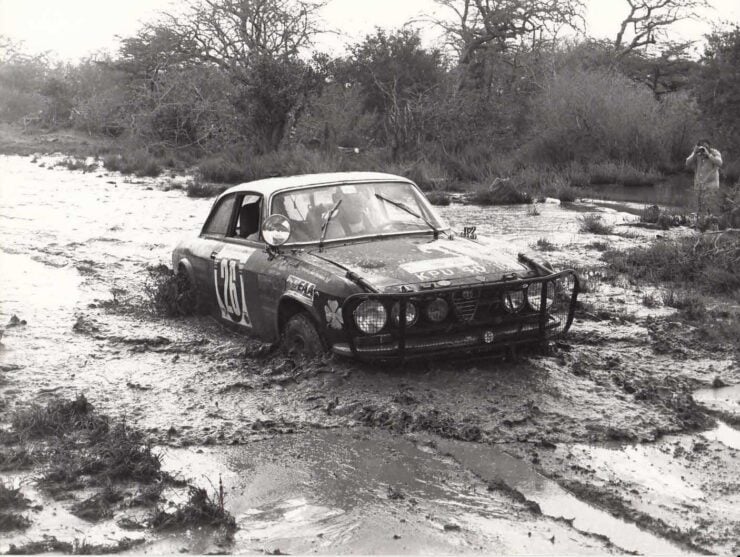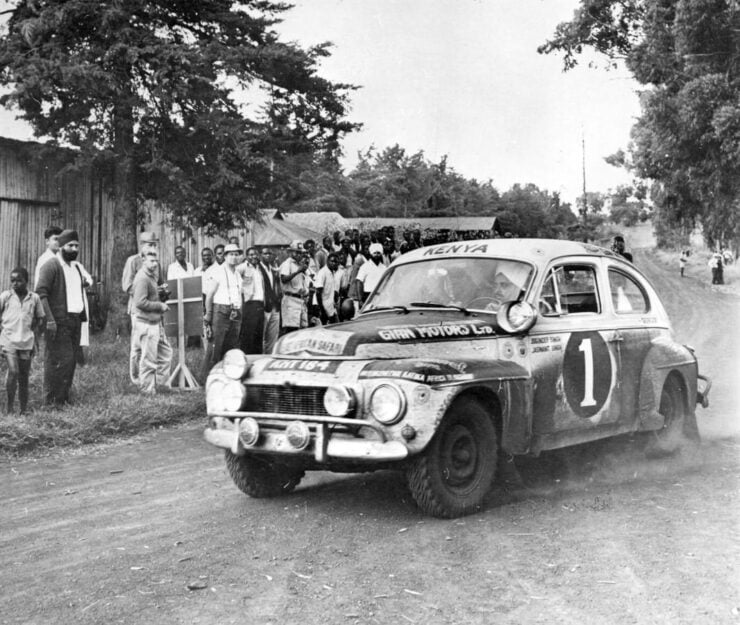The BMW 3.0 CSL is one of the most important cars in the German automaker’s long history, this one is perhaps a little more special than most because it’s being offered for sale directly from the collection of Jay Kay, the famous front man of Jamiroquai and a car collector of some international repute.
The BMW 3.0 CSL
Originally released in May of 1972, the BMW 3.0 CSL was a homologation special developed to allow the car to be raced in the highly competitive European Touring Car Championship.
Just 1,265 would be built, with the “L” in the model name coming from the German word “leicht” (“light” in English), due to the fact the cars had been specially built to shave off any many kilograms of possible.
A large part of these weight savings came from the thinner gauge steel that was used in some sections of the car’s unibody. BMW engineers were careful to ensure rigidity wouldn’t be affected, they also stripped these cars of their soundproofing, the front bumper, and they used aluminium alloy for the doors, bonnet, and trunk lid.
Above Image: The handsome, shark-like looks of the CSL have won it many accolades over the years. The model was nicknamed the “Batmobile” shortly after its introduction.
The side windows were made from Perspex rather than glass, and a number of other trim items were deleted in the interests of saving weight. In total the 3.0 CSLs were approximately 300 lbs (136 kgs) lighter than when they started, a significant reduction that was taken to even further extremes with the race cars.
These cars initially used much the same basic engine as the 3.0 CS, however its displacement was increased to 3,003cc in order to allow it to compete in the over 3.0 litre class, for 1973 cars would see their engine capacity further increased up to 3,153cc.
In 3.2 litre road-going trim the CSL was capable of 203 hp at 5,600 rpm and 211 lb ft of torque at 4,200 rpm, these were impressive figures for the time and when coupled with the cars independent front and rear suspension, disc brakes on all four corners, and 5-speed transmission it meant the cars were excellent performers.
On track the CSLs performed better than even the most optimistic projections, winning the driver’s title in the European Touring Car Championship six times in 1973, 1975, 1976, 1977, 1978, and 1979. It also won three rounds of the 1976 World Championship for Makes, it won its class at the 1973 24 Hours of Le Mans, it won some races in the IMSA GT Championship, and it took a slew of other wins and podiums in various racing series around the world.
Above Image: The interior of this car is much the same as the regular production 3.0 CS, as the British importer wanted the cars to keep their electric windows, soundproofing, and some other comfort items.
Interestingly the BMW M (Motorsport) division was founded in 1972 with just 35 staff specifically to develop this car, the 3.0 CSL. The wild success of the program and the positive press it brought to BMW helped to cement the M division into the DNA of BMW, and today almost 50 years later there’s a vast array of BMW M cars that all owe their existence to the CSL.
The surviving examples of the BMW 3.0 CSL are now highly sought after.
The BMW 3.0 CSL Shown Here
As mentioned above, this CSL is coming directly out of the ownership of Jay Kay, he had the car for 13 years and it became a bit of a personal favorite.
It obviously had a special place in his extensive collection as he had the car restored at Munich Legends in 2010 with the final cost of over £35,000 including £7,000 for a full respray to BMW Polaris Silver and £28,882 for a full mechanical rebuild.
The car is now being offered at the Race Retro Live Auction on the 27th of March with a price guide of £100,000 to £115,000, or $137,230 to $157,814 USD. If you’d like to read more about it or register to bid you can click here to visit the listing.
Images courtesy of Silverstone Auctions
The post Jay Kay’s BMW 3.0 CSL Is For Sale appeared first on Silodrome.
from Silodrome https://silodrome.com/jay-kay-bmw-3-0-csl/
via gqrds
